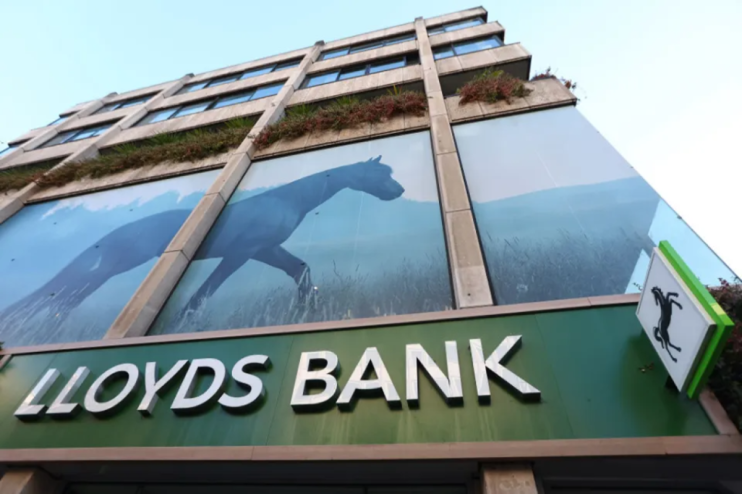Lloyds profit beats estimates as lender weathers mortgage price war

Lloyds Banking Group has beaten profit estimates as the lender weathered a cut in interest rates and navigated a more competitive mortgage market.
The FTSE 100 firm – which owns Lloyds Bank, Halifax and Bank of Scotland – reported a pretax profit of £1.82bn between July and September, compared to £1.86bn a year earlier.
A company-compiled analyst consensus had expected a third-quarter profit of £1.62bn.
Lloyds’ net interest income – what it generates from loans minus what it pays on deposits – came in at £3.23bn for the third quarter.
This was down from £3.44bn a year before and in line with analysts’ expectations of £3.18bn. Its net interest margin narrowed to 2.95 per cent from 3.08 per cent.
UK lenders’ margins have been squeezed this year as the Bank of England moved closer to lowering interest rates from a post-financial crisis high. In August, policymakers cut rates for the first time since March 2020.
Expectations of further cuts this year have sparked a mortgage price war in recent months, with lenders slashing their rates to attract borrowers that may have previously been put off by higher costs.
‘Deposit churn’
Lloyds, which is Britain’s biggest mortgage provider, blamed “deposit churn and asset margin compression” for its lower margins, particularly from its mortgage book refinancing in a lower rate environment.
Still, it reported £3.2bn of growth in mortgage during the quarter – driving a £4.6bn increase in Lloyds’ underlying loans and advances to customers.
Mortgage rates, including Halifax’s, have begun ticking up this month in response to uncertainty ahead of the new government’s first Budget on 30 October.
Lloyds reported a £1bn increase in deposits to £475.7bn in the third quarter.
It reaffirmed guidance for 2024, including a banking net interest margin of more than 2.9 per cent and a return on tangible equity, a key measure of profitability, of around 13 per cent.
With more than 27m customers, Lloyds is considered a bellwether for the UK economy. It set aside £172m for bad loans, up from £44m in the previous quarter but well below the £419m reported a year ago.
Lloyds saw operating costs of £6.99bn in the third quarter, up five per cent per cent on a year prior. It said the increase included “accelerated severance charges” and a roughly £100m charge tied to the Bank of England Levy taken in the first quarter.
“The group delivered a robust financial performance in the third quarter of 2024, with growth in income alongside continued cost discipline and strong asset quality,” said chief executive Charlie Nunn.
“Our performance allows us confidently to reaffirm our 2024 guidance.”
Motor finance review
Elsewhere, Lloyds gave no new details on its exposure to the Financial Conduct Authority’s (FCA) review into whether consumers were unfairly charged through now-banned commission arrangements on car loans.
The lender noted a judicial review and Court of Appeal decisions involving its peers and said it “will assess the impact, if any, of these decisions”.
Investors have been paying close attention to Lloyds’ response to the probe since it was announced in January. Lloyds owns the UK’s biggest auto lender, Black Horse, and is considered the most exposed lender in absolute terms to possible compensation fees.
In February, Lloyds set aside £450m for potential costs tied to the review, but analysts estimate it could face a total bill as high as £3.5bn.
The FCA has warned lenders to hold cash in reserve for possible payouts after an avalanche of historic complaints. The regulator is due to set out its next steps on the review in May 2025.
免責聲明:投資有風險,本文並非投資建議,以上內容不應被視為任何金融產品的購買或出售要約、建議或邀請,作者或其他用戶的任何相關討論、評論或帖子也不應被視為此類內容。本文僅供一般參考,不考慮您的個人投資目標、財務狀況或需求。TTM對信息的準確性和完整性不承擔任何責任或保證,投資者應自行研究並在投資前尋求專業建議。
熱議股票
- 1
- 2
- 3
- 4
- 5
- 6
- 7
- 8
- 9
- 10